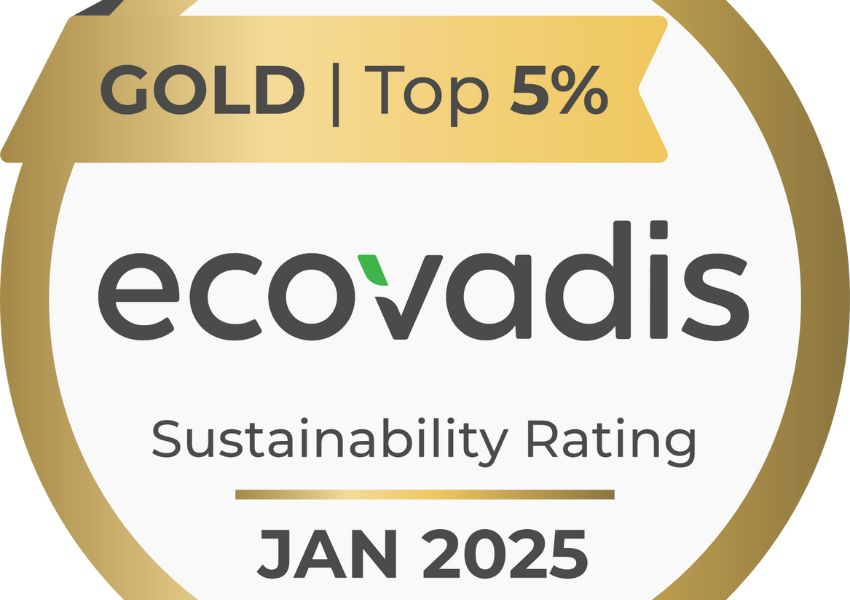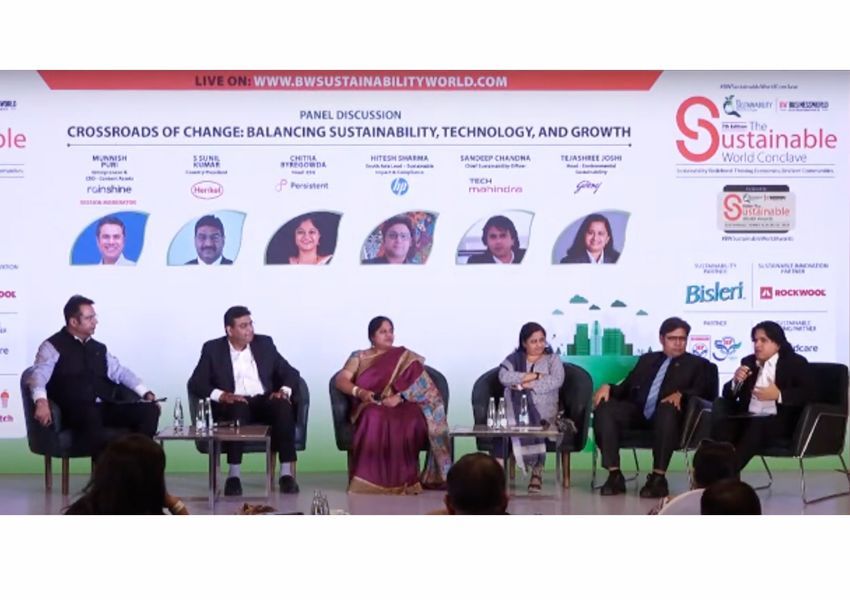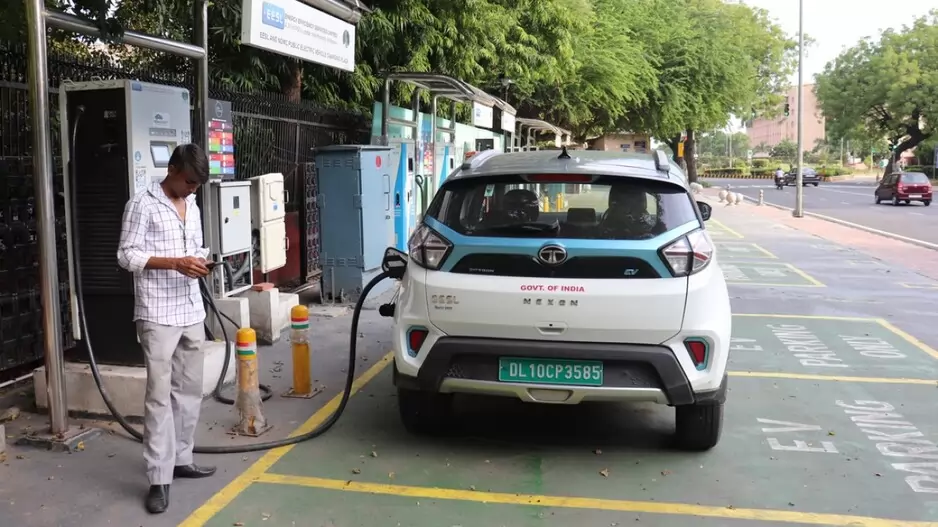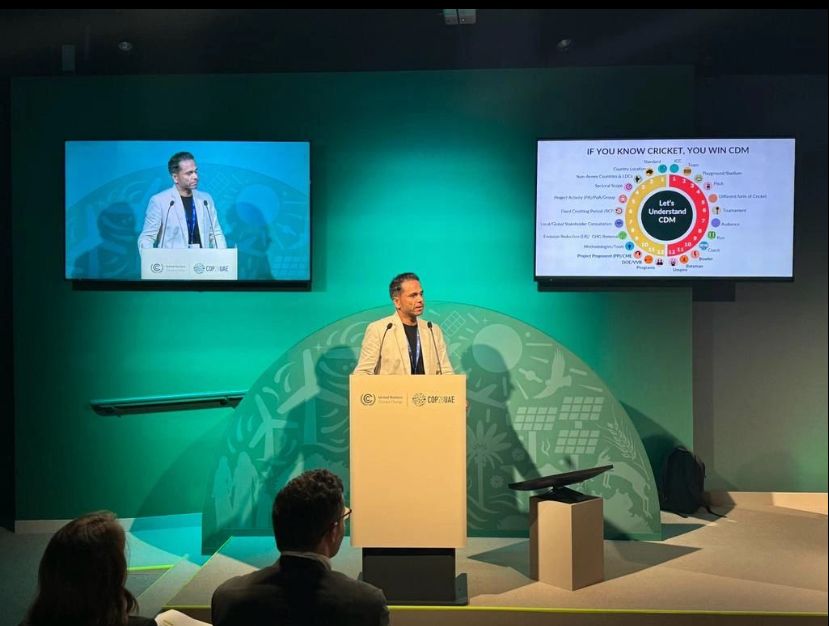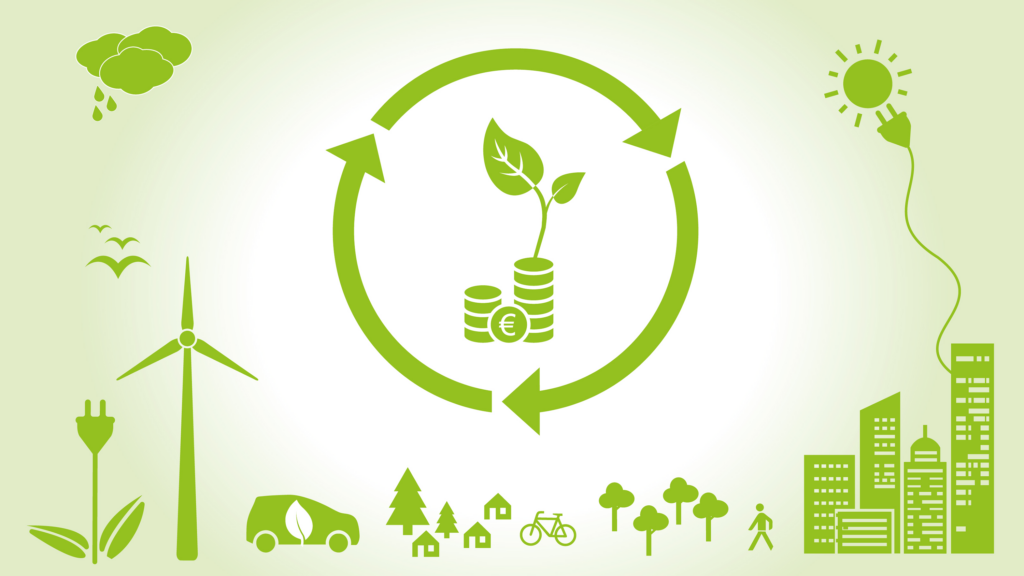Uncovering The ‘S’ In ESG
Recently, a large tobacco company outscored a pioneer electric vehicle manufacturer on ESG score. How? The answer lies in the “S” of ESG – the Social indicators.
The tobacco company made significant strides in areas like board diversity, social justice initiatives, and minority business funding. Meanwhile, the electric car manufacturer has shown less interest in these social indicators. According to CNBC, most money managers who use ESG (environmental, social, governance) factors in their investment analysis have focused on the E, or climate change, as the leading criteria for their decisions because it seems more urgent to investors.i
In this scenario, the previously undervalued “S” in ESG has been repositioned, shedding light on its critical importance. As per a study, culturally and ethnically diverse management teams can result in 19 per cent higher revenue. In the case of the tobacco company its high ESG rating was influenced by its efforts in empowering female tobacco farmers and promoting diversity. The company utilised ESG to shift its image from being a “company in a controversial industry” to a socially responsible company. Yet, it’s crucial to mention that a high ESG rating should not obscure the significant health, economic, and environmental damage a company can cause.
Companies with a high focus on Social parameters see a more motivated and productive workforce, a stronger sense of community, and even improved employee work-life balance. A Mckinsey report (Delivering through Diversity) states that having a diverse executive team can provide a company with a competitive edge by over 20%.
While tobacco and oil companies have managed to elevate their ESG ratings with a focus on Social factors, it’s essential to remember the importance of the “S” in ESG goes beyond simply checking boxes. The intricacies of the social elements, from employee well-being to diversity and inclusion to human rights, should be genuinely integrated into the fabric of a company. More importantly social impacts and plans to mitigate them must be considered in the context of climate action strategies, transition plans, and net zero roadmaps.
Climate issues, while pressing, have an inescapable social underpinning. After all, the brunt of climate change is borne disproportionately by the world’s poorest. In this sense, the resurging importance of the “S” factor is crucial. There has been an increasing amount of dialogue and research that shows that while climate action is necessary, there are several possible impacts of climate adaptation on people and communities. Therefore the need for a ‘just transition’ is paramount i.e. considering and providing for the needs of the most vulnerable communities who are economically dependent on the very thing we may be transitioning away from. An example of this is communities located near coal plants/ fields. Down to Earth’s recent piece on women in Odisha living near coal fields is a brilliant read to understand this further.
It is time that we value “S” as much as “E” and “G”. The way a company in a controversial industry can also reposition their narrative with “S” is a timely reminder to all of industry that “S” is complex and nuanced and is a pivotal part of responsible investment and should be treated as such.
To track the ‘S’ in ESG, companies can leverage social impact measurement tools that assess factors such as employee satisfaction, diversity, community engagement, and human rights practices. The most comprehensive example of such tool includes the Global Reporting Initiative (GRI) framework. It enables a company to assess its social performance and identify areas of improvement. External audits by certified institutions can provide a standardised evaluation of a company’s commitment to social factors. Certifications such as B-Corporation, Fair Trade, and SA8000 can demonstrate a company’s commitment to social responsibility.
The goal is not just to collect data and report numbers, but to use this information to create impactful change. Companies that can demonstrate real commitment to “S” factors are likely to see long-term benefits in terms of employee engagement, customer loyalty, investor confidence, and ultimately, sustainable profitability.
There are companies with pioneering work in the Social sphere. Like the case of Adidas, where they are proactively disclosing on their website how many third party human rights complaints they have received, the status of these complaints, and how the company engages to resolve them. At Godrej too, we value diversity and the people that make us. Our commitment to ensuring human rights for our employees and workers is in the public. We encourage diversity and enable it by having gender neutral washrooms, same sex partner benefits for employees at par with married spouses, or a gender neutral adoption policy and support.

Having said this, there is no denying of the manifold challenges that exist in implementing and monitoring policies that support the “S”. If a company in the endeavour to foster a diverse workforce, hires candidates with disabilities or varying gender identities there maybe costs involved in terms of operational changes, and there may also arise the need for a sensitivity training. Ultimately, the focus on “S” is not just to score high on ESG ratings but to ensure that these ratings drive change and are a reflection of the company’s contributions towards an inclusive and equitable future.
The author is Head – Good & Green, Godrej Industries Limited and Associate Companies
Disclaimer: The views expressed in the article above are those of the authors’ and do not necessarily represent or reflect the views of this publishing house. Unless otherwise noted, the author is writing in his/her personal capacity. They are not intended and should not be thought to represent official ideas, attitudes, or policies of any agency or institution.





















































































































































































